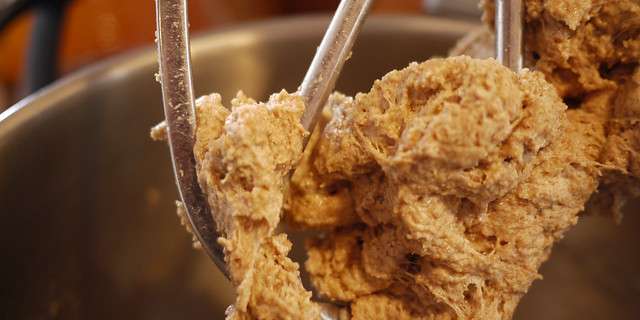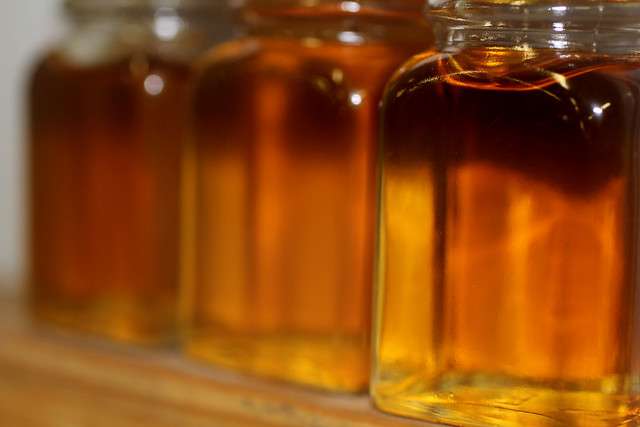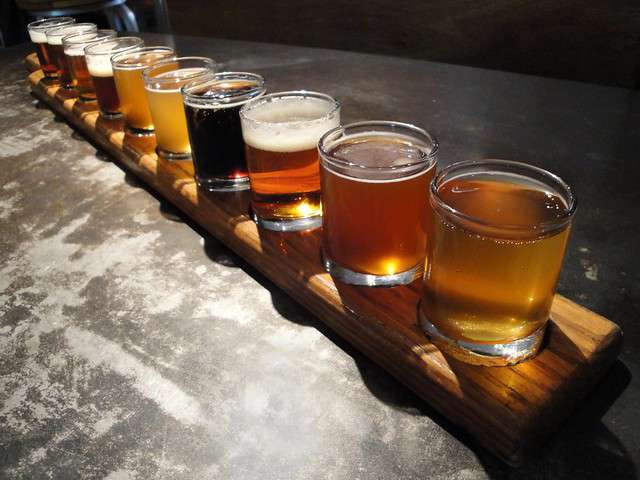
Caramel coloring is a commonly added food colorant to many foods, especially in baked goods where a homemade appearance is desirable.
Image Source: Flickr user Rebecca Siegal
For years I have been buying wheat bread as a healthier alternative to white bread, but recently I learned that the rich brown color that I’ve come to associate with whole grains may simply be a caramel color additive that is used to manipulate consumer perception. Well, it works! My own personal preference has not changed, despite the knowledge that two products may only vary in color. My visual perception directly affects my taste and I still lean towards the rich brown color that my brain has grown accustomed to.
Manufacturers are also aware of the important role that color plays in consumer choice. Color additives serve a very important purpose in today’s food industry, and food and beverage companies must find ways to appeal to both the oral palette as well as a visual one. Caramel color is highly effective in altering the color composition of many foods, and spectrophotometers offer the ability to accurately measure color changes as caramel color is added. In doing so, manufacturers can achieve the desired appearance that consumers demand, and with consistent results each time.



